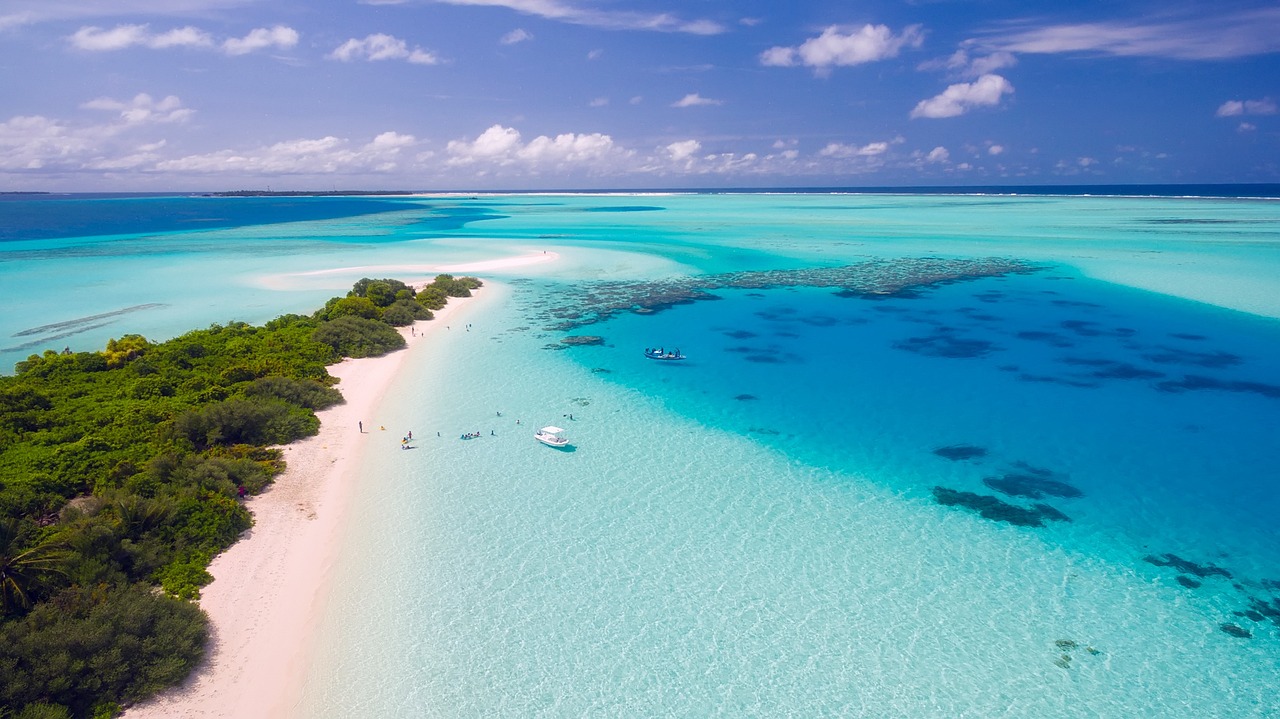Sea level rise is one of the most pressing consequences of climate change. As the global average temperature increases due to human activities, such as burning fossil fuels and deforestation, glaciers and ice sheets melt, and the ocean expands. These factors cause the sea level to rise and threaten low-lying areas, coastal communities, and island nations with flooding, erosion, and saltwater intrusion. Despite the scientific consensus on the reality and urgency of sea level rise, the worst impacts of it may hit earlier than expected, according to recent research.
Table of Contents
ToggleOverview of the Study
The study, published in the journal Nature Communications, analyzed the time lag between the global temperature increase and the sea level rise for the past 2,000 years. The authors used various proxies, such as tree rings, corals, and ice cores, to reconstruct the temperature and sea level changes before the instrumental period. They found that the sea level lagged behind the temperature by about 300 years on average, but with considerable variations across different regions and time periods.
The authors then used the same proxies to project the future sea level rise under different scenarios of greenhouse gas emissions. They found that under the most optimistic scenario, in which the global temperature increase is limited to 1.5 degrees Celsius above the pre-industrial level, the sea level would still rise by at least 1 meter by 2300, and the worst impacts of it would hit several decades earlier than previously estimated. Under the business-as-usual scenario, in which the global temperature increase exceeds 4 degrees Celsius, the sea level would rise by more than 5 meters by 2300, and the worst impacts of it would hit within this century.

Implications of the Study
The study has several implications for the understanding and communication of sea level rise. First, it challenges the notion that the sea level responds to the temperature changes instantly or uniformly. Instead, it suggests that the sea level has complex and delayed feedbacks that depend on the local and global conditions. Second, it indicates that the time frame and magnitude of the sea level rise may be more severe than previously anticipated. Therefore, it highlights the need for more proactive and adaptive measures to mitigate and cope with the impacts of sea level rise, such as building seawalls, restoring wetlands, and relocating vulnerable populations.
Conclusion
In conclusion, sea level rise is a real and urgent threat that requires more attention and action from individuals, communities, and governments. The recent study suggests that the worst impacts of sea level rise will hit earlier than expected, and the window of opportunity to prevent or minimize them is closing rapidly. By understanding and communicating the science of sea level rise, we can inform and inspire people to make informed decisions and take responsible actions to protect themselves and the planet. Let us act before it is too late.








3 thoughts on “The Sooner Worst Impacts of Sea Level Rise Will Hit”
Pingback: The Dangerous Tipping Points of Climate Feedback Loops
Pingback: The Impending Threat of Rising Sea Levels on Asian Megacities
Pingback: The Impending Threat of Sea Level Rise in the Southern US: What You Need to Know - Sustainability Awakening